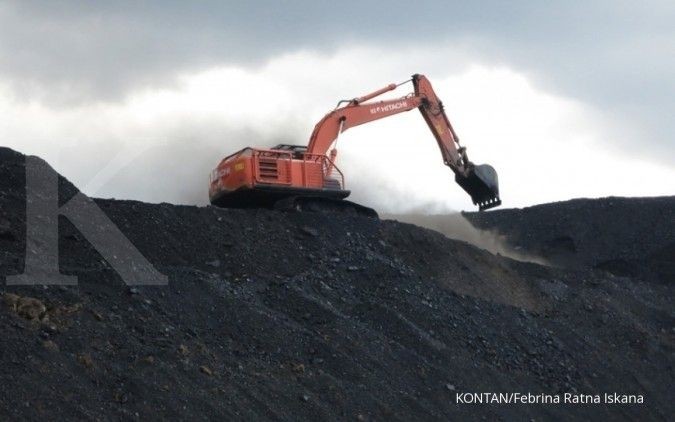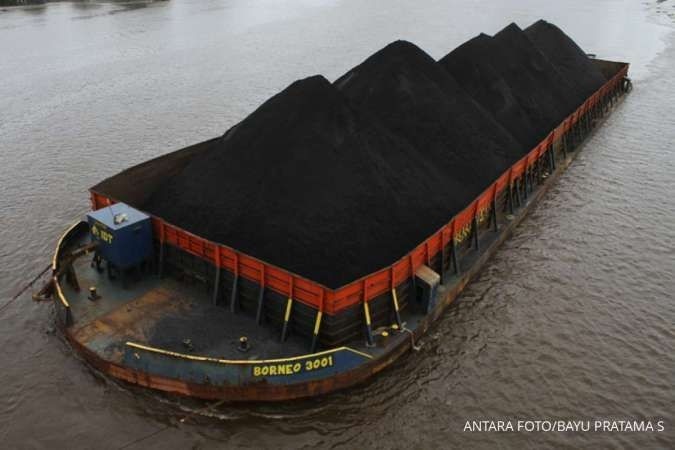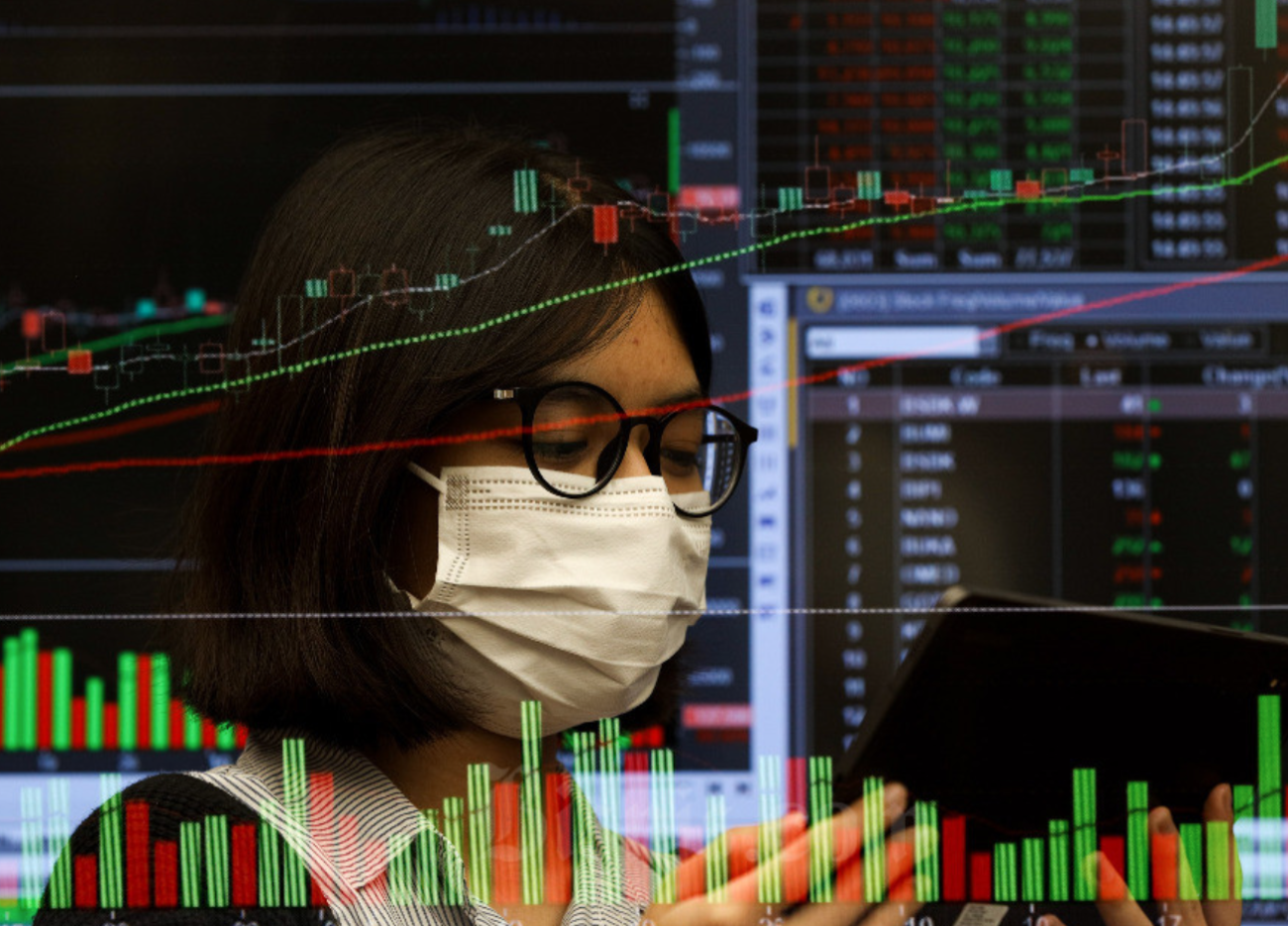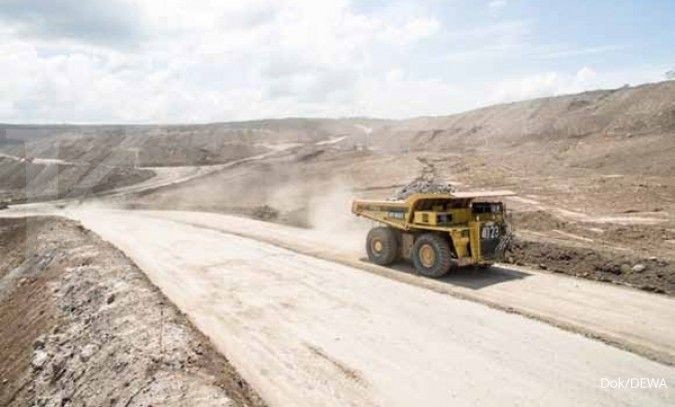PT Timah Tbk. (TINS) is trying to expand its export market following the reciprocal tariff policy of United States (US) President Donald Trump towards its trading partners, including Indonesia, of 32%.
TINS Corporate Secretary Rendi Kurniawan said there was a possibility of slowing demand from a number of buyers in the export market due to the US tariffs.
"There is indeed the potential for short-term demand adjustments due to global uncertainty, including from a tariff perspective," said Rendi when contacted, Wednesday (9/4/2025).
However, Rendi said, the need for tin as a raw material for a number of strategic industries—such as electronics, automotive and renewable energy (EBT)—will remain strong in the medium to long term.
"For the United States itself, tin exports are in the range of 5% to 7% of total exports," said Rendi.
Currently, he emphasized, the company is diversifying export markets and strengthening relations with export destination countries other than the US.
This step was taken to reduce export dependence on certain countries and anticipate external risks that the company cannot control.
"Strengthening relations with export destination countries other than the US, including Asian countries, Europe and other regions," he said.
Global tin metal prices fluctuated throughout 2024 amid macroeconomic uncertainty and supply developments in the market.
The average price of tin metal Cash Settlement Price London Metal Exchange (LME) in 2024 was USD 30,177.45/ton or up 16.3% compared to the previous year of USD 25,959.04/ton.
Meanwhile, the tin price projection according to Bloomberg is in the range of USD 28,000 per ton to USD 31,000 per ton.
Tin inventory in LME warehouses at the end of December 2024 was at 4,800 tons, down 35.6% from the beginning of 2024 (January 5, 2024) at 7,450 tons.
Based on the CRU Tin Monitor (February 2025), global tin metal production growth in 2024 is estimated to increase by 1.4% annually or year on year (yoy) to 371,880 tons.
On the other hand, global tin metal consumption in 2024 is estimated to decline by 2.6% annually to 372,720 tons.
Financial performance
TINS posted revenues of IDR 10.86 trillion throughout 2024, an increase of 29.37% compared to the 2023 achievement of IDR 8.39 trillion.
The company's cost of revenue increased by 1.26% from IDR7.93 trillion in 2023 to IDR8.03 trillion in 2024. The company posted an operating profit of IDR1.76 trillion with an EBITDA achievement of IDR2.71 trillion or 396% from 2023.
TINS Finance and Risk Management Director Fina Eliani said the company managed to record a net profit of IDR 1.19 trillion amidst the current global economic uncertainty.
Meanwhile, the net profit figure jumped 364% compared to the 2023 performance record which was minus or a net loss of IDR 449.67 billion.
"Amidst the less than supportive macroeconomic conditions and global tin metal supply, the company managed to achieve brilliant performance in 2024," said Fina in an official statement quoted on Wednesday (9/4/2025).
Until the end of 2024, TINS Quick Ratio was 73.2%, Current Ratio was 222.0%, Debt to Asset Ratio was 41.8%, and Debt to Equity Ratio was 71.8%.
On the other hand, TINS recorded tin ore production of 19,437 tons of Sn at the end of 2024, up 31% compared to the previous year which reached 14,855 tons of Sn.
Production at that time was driven by an increase in the number of land mining units, productivity of offshore mining objects, and optimization of excavation direction by conducting pilot drilling on the work plan block.
Meanwhile, tin metal production rose 23% to 18,915 metric tons compared to the previous year of 15,340 metric tons.
Meanwhile, tin metal sales rose 22% to 17,507 tons compared to the previous year of 14,385 tons. The average selling price of tin metal was USD31,181 per ton, up 17% compared to the previous year of USD26,583 per ton.
In 2024, TINS recorded domestic tin metal sales of 12% and tin metal exports of 88% with the top 6 export destination countries including South Korea 19%; Singapore 18%; Japan 15%; Netherlands 12%; India 10%; and China 7%








